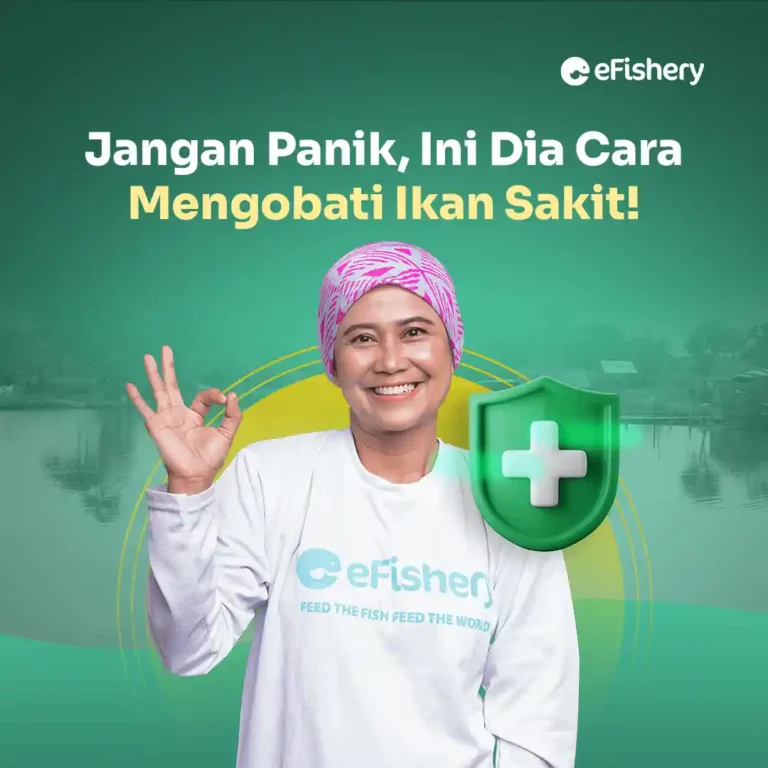When you find out that the fish being cultivated are entangled in certain diseases, immediately find out how to treat sick fish so that they recover quickly and do not spread to other fish. This is because in many cases it was found that the loss of fish farming agribusiness comes from disease-infected fish.
Sources of diseases that attack fish can be due to bacterial infections, fungal infections, parasitic infections, and several other diseases such as injuries, constipation, tumors or abnormalities, and congenital diseases. Particularly for parasitic-infected diseases, this type of disease is the most frightening because it is easily transmitted.
Farmed fish that are susceptible to disease are usually tilapia, carp, carp, catfish, and catfish. In fact, ornamental fish also have the potential to contract the disease, for example betta fish, goldfish, arowana fish, and koi fish. Therefore, this article will discuss how to treat sick fish completely.
How to Treat Sick Fish
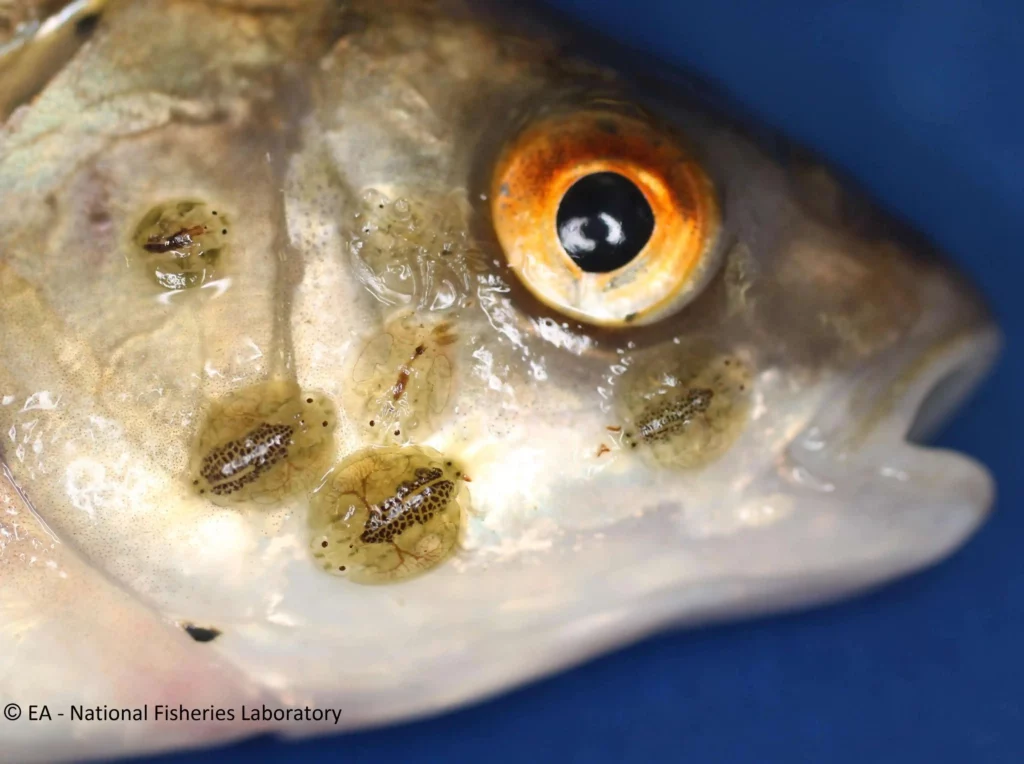
To deal with sick fish, you can try various ways to treat injured fish and how to treat sick fish with the following methods.
1. Based on Timeframe
There are three types of timeframes to define treatments The right ones are used to cure fish, including:
- In the short term, there are two ways to treat sick fish, namely using the immersion and rinsing methods. The aim of this type of fish treatment is for the virus to be resolved quickly on a large scale to minimize stress and toxins.
- Long-term, long-term species treatment methods aim to improve fish management and care systems to prevent the emergence of the same type of disease. You do this by taking a bath using a steady stream of water for one hour.
- Unlimited period of time, the last stage is to clean the pond or cultivation media by giving some vitamins or supplements.
2. Doing Quarantine
The quarantine method can be interpreted as a way of treating sick fish by separating the fish from the flock to minimize the occurrence of disease infection in other fish.
You need to make a special media that is intended as a place for fish to undergo an isolation period. There are three levels and techniques of quarantine, including:
- At the cultivation level, quarantine is implemented with the aim of monitoring sick fish and preventing transmission to other fish that are in the same cultivation pond.
- At the national level, methods for treating sick fish on a national scale aim to maintain and control the health of aquatic animals. The steps taken include compiling a national list of pathogens, diagnosing diseases, issuing health certificates, and disease zoning.
- International level, at this level the application is more stringent by implementing the International Council for The Exploration of The Sea) which includes risk communication, management, And risk assessment.
3. Physical Method
The physical method is applied as a way to treat injured fish with a focus on eliminating pathogens in the cultivation media. How to remove pathogens from the cultivation media by conducting UV radiation or using the microfiltration method.
However, if the source of the pathogen comes from pollutants, you can inactivate it by diluting water, carbon filtration, and biofiltration.
The cultivation media that is used as a quarantine place also needs to be exposed to sunlight, or UV light, or it could be by increasing the water temperature so that the pathogens disappear.
4 Fish Disease Treatment Methods
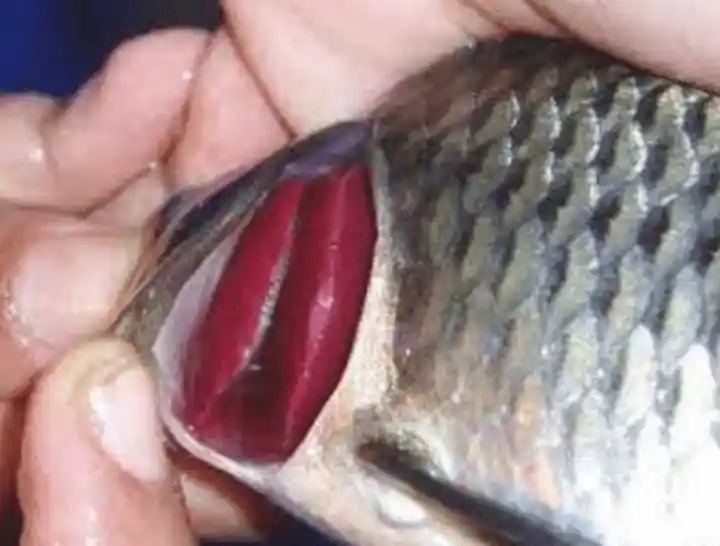
Apart from those mentioned above, there are 4 other methods of treating fish diseases that can be done when the fish are in isolation media or when all fish in the same pond are infected with the disease.
1. Soaking
There are three treatments in the process of treating sick fish using the immersion method, including:
- immersion (Dips), by giving the drug in a high enough dose for a few seconds.
- short term immersion (Short Baths), by giving the drug in a high enough dose for a few minutes.
- long-term immersion (Long Baths), by giving the drug in high enough doses for several hours or several days.
This immersion method can only be done if the fish that are infected with the disease have been separated from other fish or if in one cultivation pond almost all of the fish are infected with the same disease.
The dosing rule for drugs in solid or powder form is 1 ppm which is equivalent to 1 mg/L or 1 gram of drug/m3. Meanwhile, drugs in liquid form can be given in a dose of 1 ppm = 1 ml of drug/m3 water.
2. Fish Feed
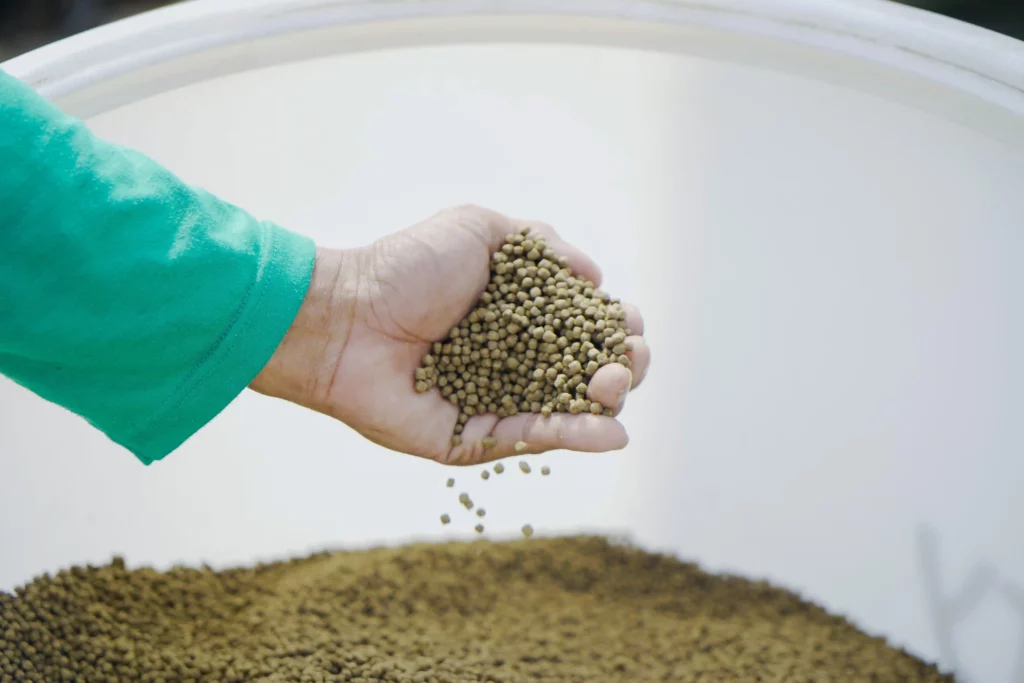
How to treat sick fish through feed is quite effective in the early days when fish are infected with the virus. This is because the fish still have an appetite so you can cure the fish early before the disease spreads to other fish or before the virus spreads throughout the fish's body.
For juvenile fish or smaller fish, the dose unit used is mg/kg, while for large fish, the drug dose unit is used/kg.
How to treat sick fish through feed, including:
- Give a little liquid on the surface of the feed using a special sprayer.
- Then, evenly apply medicine or antibiotics on the surface of the feed.
- Next, coat the surface of the fish with a special coating such as egg white or vegetable oil so that the drugs and antibiotics in the fish feed do not dissolve easily in water.
- Dry the fish feed for some time before finally spreading it into the fish pond.
3. Basting
How to treat injured fish is more suitable to use the method of applying directly to the fish's body, therefore this method of basting is only suitable for fish that clearly have physical symptoms such as wounds or ulcers.
The levels or doses of the drug are divided into two, namely through immersion or feeding.
Drug Administration Through Immersion
The doses needed include:
- For media measuring 3 x 2 x 1 m = 6 m3 filled with water as high as 7.5 cm with a total volume of 4.5 m of water3.
- Dose Oxytetracycline as much as 10 ppm.
- The dose of antibiotics (OTC) is 10 gr x 4.5 = 45 gr. If the drug is in liquid form, the dose will be 45 ml.
Administering Drugs Through Feed
Assume that the number of fish infected with the disease is 1,000 fish with an average body weight of 200 g/head. So the total weight of the fish in the aquaculture pond is 200 thousand grams or the equivalent of 200 kg.
Give fish feed with a content of 3 percent of the weight of the fish per day. In this case, the fish feed rate is 6 kg/day. The Oxytetracycline dose is 50 mg/kg of feed given for 5 days.
The dose of antibiotics (OTC) is 50 mg x 6 x 5 = 1,500 mg or the equivalent of 1.5 gr.
4. Injection
There are two ways of injection used as a method or way of treating sick fish. The first is injected directly into the abdominal cavity, more precisely between the two pelvic fins or in front of the anus with an angle of inclination of the syringe around 30 degrees.
While the second method is injected through the muscle, more precisely on the back or on the fish scales which are 3-5 from the fish head. Corner needle tilt injection range from 30 degrees to 40 degrees.
Extermination Method
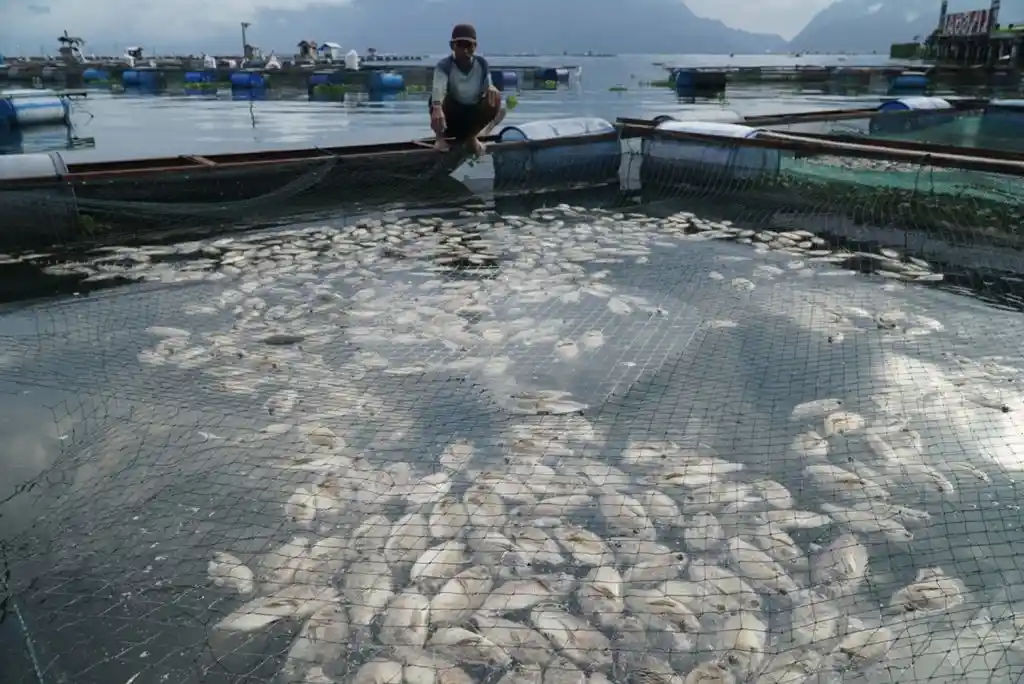
The last way to treat sick fish is to use the extermination or eradication method.
This method is the last alternative method if the 4 methods of treating fish disease and other methods of treating sick fish are not effective enough to apply to sick fish.
Culling needs to be done with the aim that other fish that are still healthy are not infected with the same disease.
The reason is, when other fish are also infected with the same disease in large numbers, you have the potential to experience quite a lot of losses during the harvest later.
So, it's okay to destroy one or two fish infected with a deadly virus compared to having to sacrifice all the fish in the aquaculture pond.
There are two methods of extermination, namely through burning, processing of fish into food, and burial or burial.
The provision for burying infected fish is to bury it at a depth of 2 m and a minimum distance of 20 m from the aquaculture pond.
After making a hole, you need to add lime or burn the fish first. Then cover with a layer of soil to a thickness of 60 to 80 cm.
Important Factors Before Doing Treatment
Do treatments or how to treat sick fish according to the procedure so as not to have a negative impact on fish survival. Therefore, there are several things that you need to pay attention to before treating fish, including:
- Accuracy in providing a diagnosis of disease.
- Accurate in providing treatment methods, types of drugs, and dosages.
- Flexibility when getting drugs and prices.
- Short drug dissolution time.
- Potential for treatment success.
- Accuracy in determining the method or how to treat sick fish.
Dengan kata lain, Bapak/Ibu harus benar-benar memahami bagaimana gejala ikan yang terjangkit bakteri, jamur, parasit, atau virus jahat lainnya dengan tepat.
Butuh Bantuan Budidaya Ikan?

Bapak/Ibu perlu untuk mengenali gejala dan jenis-jenis penyakit ikan dengan cepat dan tepat agar tidak mengalami kerugian.Untuk membantu Bapak/Ibu dalam budidaya ikan, eFishery hadir dengan aplikasi serba ada eFisheryKu.
eFisheryKu is the application of eFishery which is the mainstay of cultivators in Indonesia from the beginning of the cultivation cycle to harvest. eFisheryKu menyediakan pakan ikan berkualitas dengan harga terbaik di fitur Buy Feed, bantuan akses ke lembaga keuangan terpercaya untuk mendukung bisnis budidaya Bapak/Ibu dengan Kabayan, dan tempat menjual ikan hasil panen Bapak/Ibu dengan harga terbaik di fitur Fish Stall. Besides that, eFisheryKu juga sering melakukan diskusi dengan ahli budidaya melalui webinar gratis.
Menarik sekali bukan? Yuk, downloads eFisheryKu sekarang dengan klik tombol di bawah ini!
